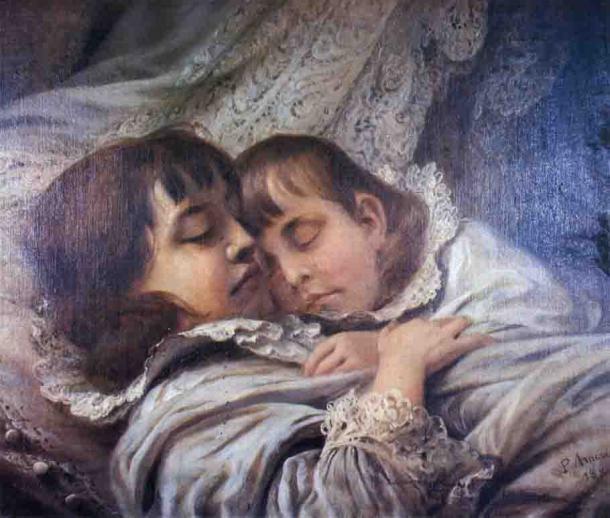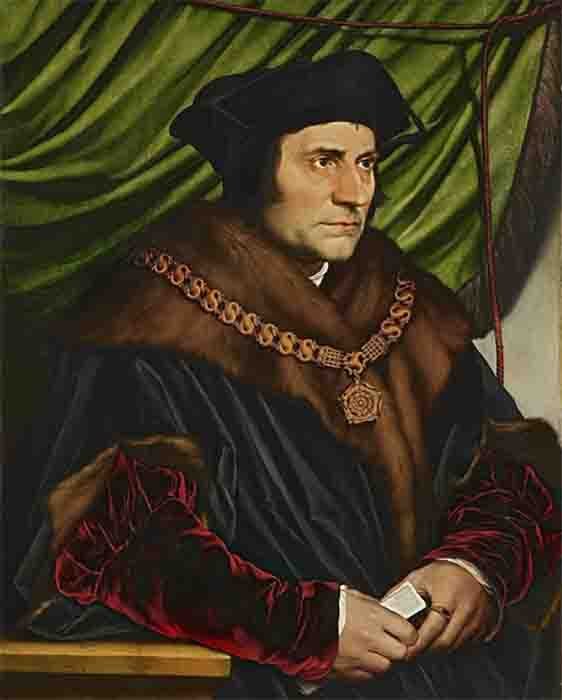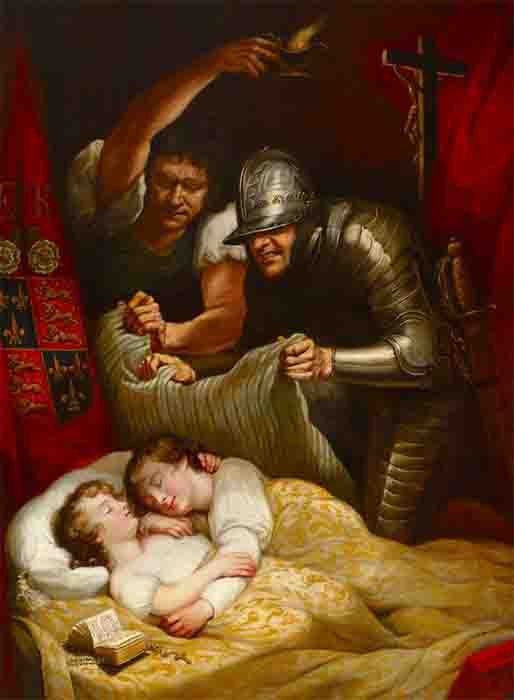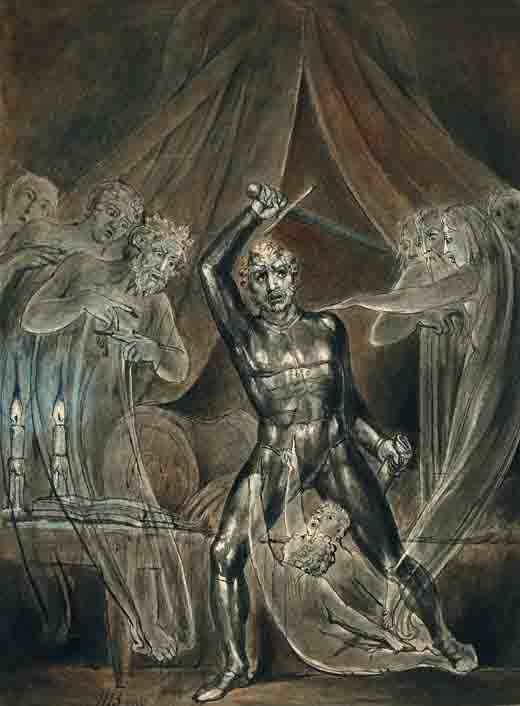Evidence has emerged that may have solved one of the world’s longest-standing murder mysteries. The Huddersfield University professor, Tim Thornton, believes that his recent discoveries have confirmed the claim that King Richard III , the final king of England from the House of York, murdered his two young nephews in 1483 to secure his own hold on the crown.

The children of Edward IV of England depicted in a painting by Pedro Américo. ( Public domain )
Did Richard III Really Murder His Nephews?
The accusation against Richard III first gained widespread attention in 1513, when the famed statesman and philosopher Sir Thomas More published his scathing biography The History of King Richard III . Historians have long wondered whether More’s contention that Richard III ordered the execution of his nephews was credible, but Professor Thornton asserts that his research proves it was. Thornton has identified two associates of More as the sons of one of the hired assassins who actually committed the murders, concluding that More discovered the true story about the fate of the two princes through his contact with these individuals.
Thornton introduced his research and explained the reasons for his conclusions in the December 28 edition of History, the Journal of the Historical Association . “This has been the greatest murder mystery in British history, because we couldn’t really rely on More as an account of what happened—until now,” Thornton exclaims in a Huddersfield University news release which presents the professor’s research findings.
“I have shown that the sons of the chief alleged murderer were in court in Henry VIII’s England, and that they were living and working alongside Sir Thomas More,” Thornton continues. “He wasn’t writing about imaginary people. We now have substantial grounds for believing that the detail of More’s account of a murder is credible.”

Did Sir Thomas More discover the truth? Portrait by Hans Holbein. ( Public Domain )
A Real-Life Shakespearean Tragedy
Sir Thomas More’s story of how Richard III ordered the murder of his two innocent nephews is a sordid tale that seems like something straight out of Game of Thrones . This is likely not a coincidence, since Game of Thrones creator George R.R. Martin has confessed to being fascinated with Richard III and has expressed a deep interest in the historical questions surrounding his rise to power.
According to More’s account, Richard III’s associate Sir James Tyrell contracted two men, Miles Forest and John Dighton, to dispose of Edward V, age 12, who had served briefly as king after the death of his father, Edward IV (Richard III’s brother), and Edward V’s brother Richard, age 9, who carried the title of Duke of York. After a little more than two months on the throne, Edward V was replaced by Richard III, following a series of machinations that led to the young king and his brother being declared illegitimate and therefore unfit to serve.
Richard III then arranged for his two nephews to be housed in the Tower of London , supposedly for their own safety. But they disappeared from public view shortly after Richard III officially ascended to the throne. Even at the time, this led many to conclude that Richard III had secretly ordered their execution, presumably to prevent them from contesting his legitimacy at some point in the future.

The Murder of the Princes in the Tower. Did Richard III really order the execution of his nephews Edward V and Prince Richard? ( Public domain )
Dastardly Deeds: Richard III and his Short-Lived Reign
Unfortunately for Richard, his exuberance at becoming the king was short-lived. In 1485, just two years after his ascension, Richard III lost his crown and his life to Henry Tudor (Henry VII) at the Battle of Bosworth Field , thus ending the exceedingly brief reign of the final House of York sovereign.
The story of Richard’s ascension, and the dastardly deeds he allegedly perpetrated to assure it, were immortalized by Shakespeare in his play Richard III . This oft-performed work from the Bard, which was based entirely on More’s writing, has helped cement Richard’s historical reputation as a ruthless usurper and child killer.
Given the often brutal nature of palace intrigue that was normal among European aristocracy in the Middle Ages, More’s claim that Richard III had his nephews murdered to protect his claim to the throne hardly seems far-fetched. In 1674 workmen found a wooden box that held two child-sized skeletons buried beneath a staircase in the Tower of London, adding strength to the conclusion that the two Princes in the Tower didn’t make it out of their sanctuary alive.

Richard III and the Ghosts by William Blake. ( Public domain )
Was Richard III Really Guilty?
Given the passage of time, there is no way to prove for certain that Richard III ordered the murder of his nephews. Historians have been split on whether or not More’s account was credible, with many concluding that he slandered Richard III at the behest of the Tudors ( Henry VII and Henry VIII ), who would have had reason to portray their House of York predecessor in the worst possible light. More was appointed Lord Chancellor of England by Henry VIII in 1529, demonstrating that the famed statesman was considered a reliable ally by the House of Tudor at that time ( a situation that would change dramatically a few years later).
But Thornton is convinced that his discoveries have come close to putting the mystery to rest. Not once and for all, since historians are a naturally contentious bunch who are slow to surrender their pet theories even when evidence seems to contradict them. And until someone invents a time machine, there will always be a degree of uncertainty associated with historical events that occurred in the distant past. Nevertheless, if Sir Thomas More did in fact have inside sources, as Thornton argues, that would seem to tip the balance in favor of the “Richard III did it” hypothesis. This is a tentative conclusion, but under present circumstances a firm judgment remains elusive.
Top image: Portrait of King Richard III, based on lost contemporary original, in the British Royal Collections. Right: The Princes in the Tower by John Everett Millais. Source: British School / Public Domain ; John Everett Millais / Public Domain
By Nathan Falde
 RSS Feed
RSS Feed















 February 3rd, 2021
February 3rd, 2021  Awake Goy
Awake Goy  Posted in
Posted in  Tags:
Tags: 













